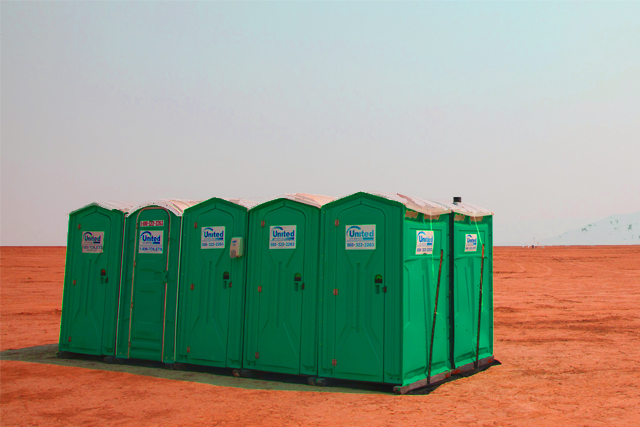
In the realm of sanitation and related utilities, Glass Reinforced Plastic (GRP) has emerged as a revolutionary material, offering unparalleled advantages in durability, versatility, and cost-effectiveness. From sewage systems to water treatment plants, GRP components play a vital role in ensuring efficient and sustainable infrastructure. Let's delve into the myriad applications of GRP in sanitation and explore how this innovative material is shaping the future of utility management.
1. Sewer Systems:
GRP pipes and manholes form the backbone of modern sewer systems, offering superior resistance to corrosion, abrasion, and chemical degradation. Unlike traditional materials such as concrete or metal, GRP is immune to rust and deterioration, ensuring longevity and minimal maintenance requirements. Its lightweight nature facilitates easy installation and handling, reducing labor costs and project timelines. Additionally, GRP's smooth internal surface minimizes friction, preventing the buildup of debris and promoting efficient waste flow.
2. Water Treatment Plants:
GRP's chemical resistance and structural integrity make it an ideal choice for water treatment plant components such as clarifiers, settling tanks, and filtration systems. These structures are subjected to harsh chemical environments and high-pressure conditions, demanding materials that can withstand corrosive agents and maintain structural stability over time. GRP's non-reactive properties ensure the purity of treated water, safeguarding public health and environmental integrity.
3. Septic Tanks and Grease Interceptors:
In residential and commercial settings, GRP septic tanks and grease interceptors offer reliable containment and treatment of wastewater and grease effluents. GRP tanks are lightweight yet robust, making them easy to transport and install even in confined spaces. Their seamless construction eliminates leakage points, reducing the risk of groundwater contamination and environmental pollution. Additionally, GRP tanks can be custom-designed to accommodate varying capacities and site-specific requirements, providing flexible solutions for diverse applications.
4. Drainage Systems and Culverts:
GRP channels, gratings, and culverts play a crucial role in stormwater management and flood control initiatives. These components provide efficient conveyance of rainwater and surface runoff, preventing waterlogging and erosion in urban and rural areas alike. GRP's resistance to UV radiation ensures long-term performance in outdoor environments, while its lightweight nature facilitates rapid deployment and installation with minimal disruption to surrounding infrastructure.
5. Portable Sanitation Solutions:
GRP shelters, kiosks, and enclosures serve as integral components of portable sanitation facilities in public spaces, construction sites, and outdoor events. These prefabricated structures offer durability, hygiene, and accessibility, providing users with clean and safe amenities wherever they are needed. GRP's moldability allows for the incorporation of features such as ventilation, lighting, and accessibility ramps, enhancing user comfort and convenience.
In conclusion, GRP has revolutionized the sanitation and utilities sector by offering innovative solutions that address the evolving needs of modern society. Its inherent properties of strength, durability, and versatility make it the material of choice for a wide range of applications, from sewage systems to portable sanitation facilities. As infrastructure demands continue to grow, GRP will undoubtedly remain at the forefront of innovation, driving sustainable progress and ensuring a cleaner, healthier future for generations to come.


